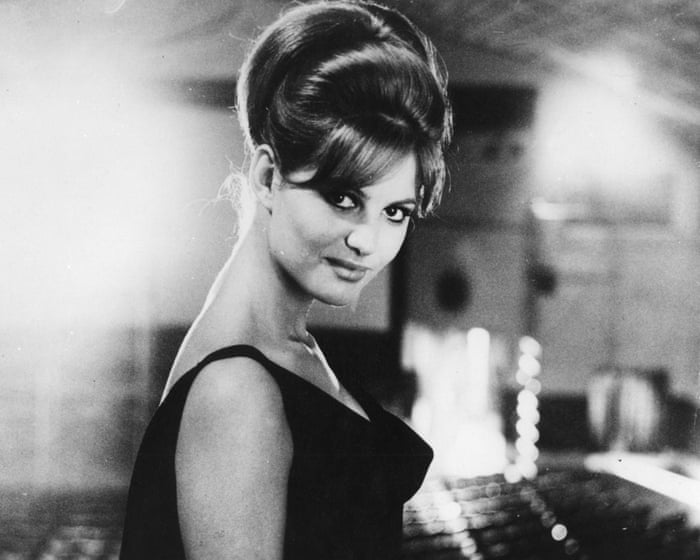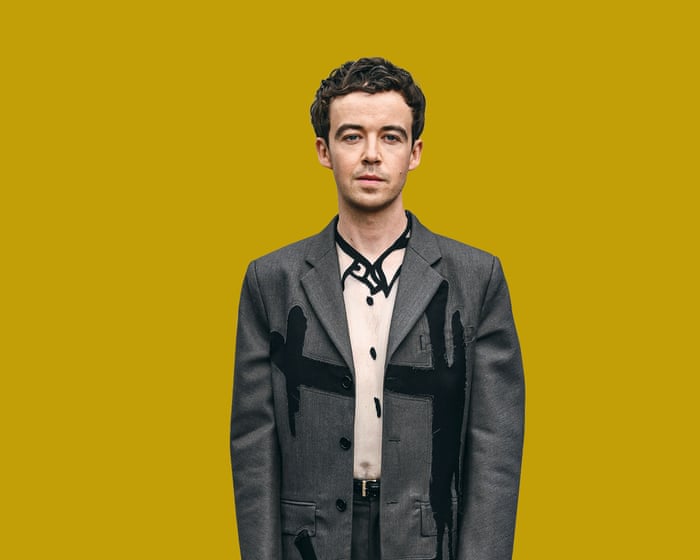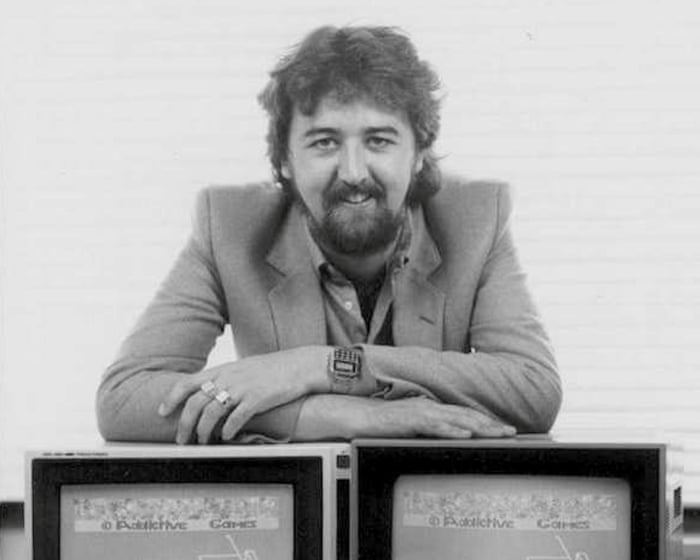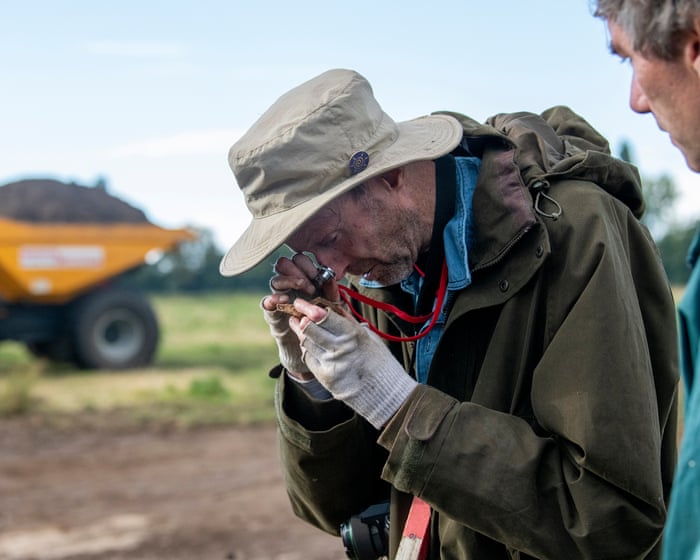Claudia Cardinale belonged to a celebrated group of Italian film stars who, after the war, made the leap from European cinema to Hollywood. Alongside Sophia Loren, Gina Lollobrigida, and Monica Vitti, she was admired by the American film industry not only for her beauty but also for an air of mystery—an exotic, feline allure combined with a sense of resilience and even tragedy. Yet Cardinale possessed something unique among her peers: a natural simplicity and frankness that complemented her sensual appeal. She frequently starred opposite Alain Delon, whose own striking looks seemed to merge seamlessly with hers.
In Luchino Visconti’s 1960 masterpiece Rocco and His Brothers, Cardinale played Ginetta, a woman engaged to one of Rocco’s brothers from the rural south. Her parents react with open hostility when her fiancé’s entire family arrives in chaotic fashion. She shone again in Visconti’s The Leopard (1963), as Angelica, the daughter of a wealthy merchant. Burt Lancaster’s Prince openly admires her, even though she is engaged to his nephew Tancredi, played by Delon. In the film’s famous ballroom scene, she gracefully invites Lancaster’s aging aristocrat to dance, offering him a symbolic, elegant exit from his fading prestige.
Other major directors gave her notable roles. Alberto Cavalcanti cast her in the 1959 romantic comedy Venetian Honeymoon alongside Vittorio De Sica, and Abel Gance featured her as Napoleon’s sister Pauline in Austerlitz (1960). But the turning point in her early career came when Federico Fellini chose her for his self-reflective comedy 8½. She played an emerging film star whom Marcello Mastroianni’s creatively blocked director decides is his ideal woman—one who must save his emotionally damaged protagonist, yet who tells him such a figure is incapable of real love. It’s a subtle joke in the film that her surname evokes ideas of cardinal importance and truth.
She also delivered a standout performance in Valerio Zurlini’s Girl With a Suitcase (1961), playing Aida, a young woman who survives on the fleeting affections of various enamored men.
Hollywood didn’t always use her talents to their fullest, though it made her an international star—most famously as the glamorous, tipsy princess who owns the priceless diamond in The Pink Panther, a role inevitably overshadowed by Peter Sellers’s Inspector Clouseau. She also brought her charm to numerous war films, where her Italian image fit well. Her most significant Hollywood-era role was in Sergio Leone’s epic western Once Upon a Time in the West (1968). As Jill, a former sex worker with a tough past who inherits a contested ranch, she embodied the film’s blend of Italian and American styles. Werner Herzog later cast her in a similar role as a brothel madame in Fitzcarraldo (1982).
Back in Italy, she acted alongside national icons: with Franco Nero in the mafia drama The Day of the Owl (1968) and with Alberto Sordi in the comedy A Girl in Australia, where she played a reformed “tart with a heart.” Another award-winning performance came in Claretta (1984), directed by her partner Pasquale Squitieri, in which she portrayed Benito Mussolini’s mistress.
Claudia Cardinale remains a vivid and extraordinary presence—an enduring icon of both Italian and Hollywood cinema.
Frequently Asked Questions
Of course Here is a list of FAQs about Claudia Cardinale and her unique relationship with Hollywood
Frequently Asked Questions about Claudia Cardinale and Hollywood
BeginnerLevel Questions
Q1 Who is Claudia Cardinale
A1 Claudia Cardinale is an iconic Italian actress who rose to international fame in the 1960s known for her roles in European arthouse films and a few major Hollywood productions
Q2 What made Claudia Cardinale so special as an actress
A2 She possessed a unique combination of strength warm personality and magnetic appeal This made her feel authentic and powerful not just a typical glamorous starlet
Q3 Did Claudia Cardinale ever work in Hollywood
A3 Yes she did She starred in several Hollywood films most famously The Pink Panther with Peter Sellers and Once Upon a Time in the West which was directed by the Italian Sergio Leone but was a major AmericanItalian coproduction
Q4 What is meant by Hollywood never knew how to capture her magic
A4 It means that while Hollywood cast her they often tried to fit her into conventional glamorous roles that didnt fully utilize her fiery independent and complex personality Her best performances were usually in European films where directors understood her unique qualities
Advanced Detailed Questions
Q5 Can you give an example of a role where Hollywood got her wrong
A5 In some of her earlier Hollywood films she was often relegated to being the beautiful love interest Critics argue these roles softened her natural edge and didnt allow the depth she showed in films like Rocco and His Brothers or 8
Q6 And whats an example of a role that truly captured her essence
A6 Her role as Jill McBain in Sergio Leones Once Upon a Time in the West is a prime example She wasnt just a damsel in distress she was a strong determined widow navigating a brutal world perfectly blending her grit and sensuality
Q7 Why did this disconnect with Hollywood happen




